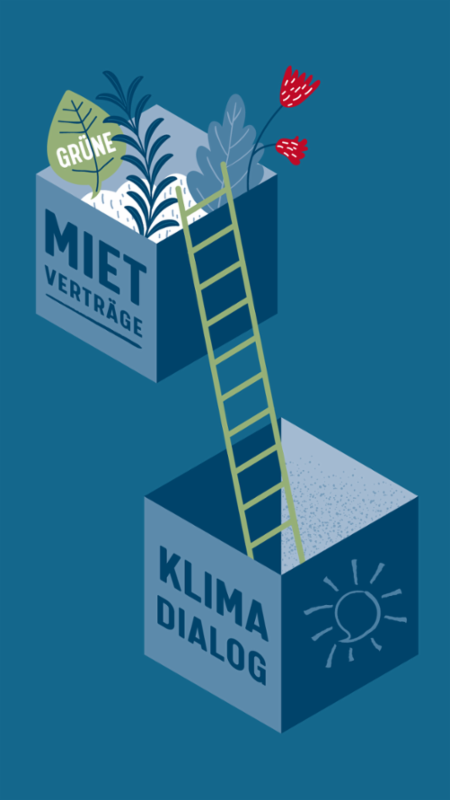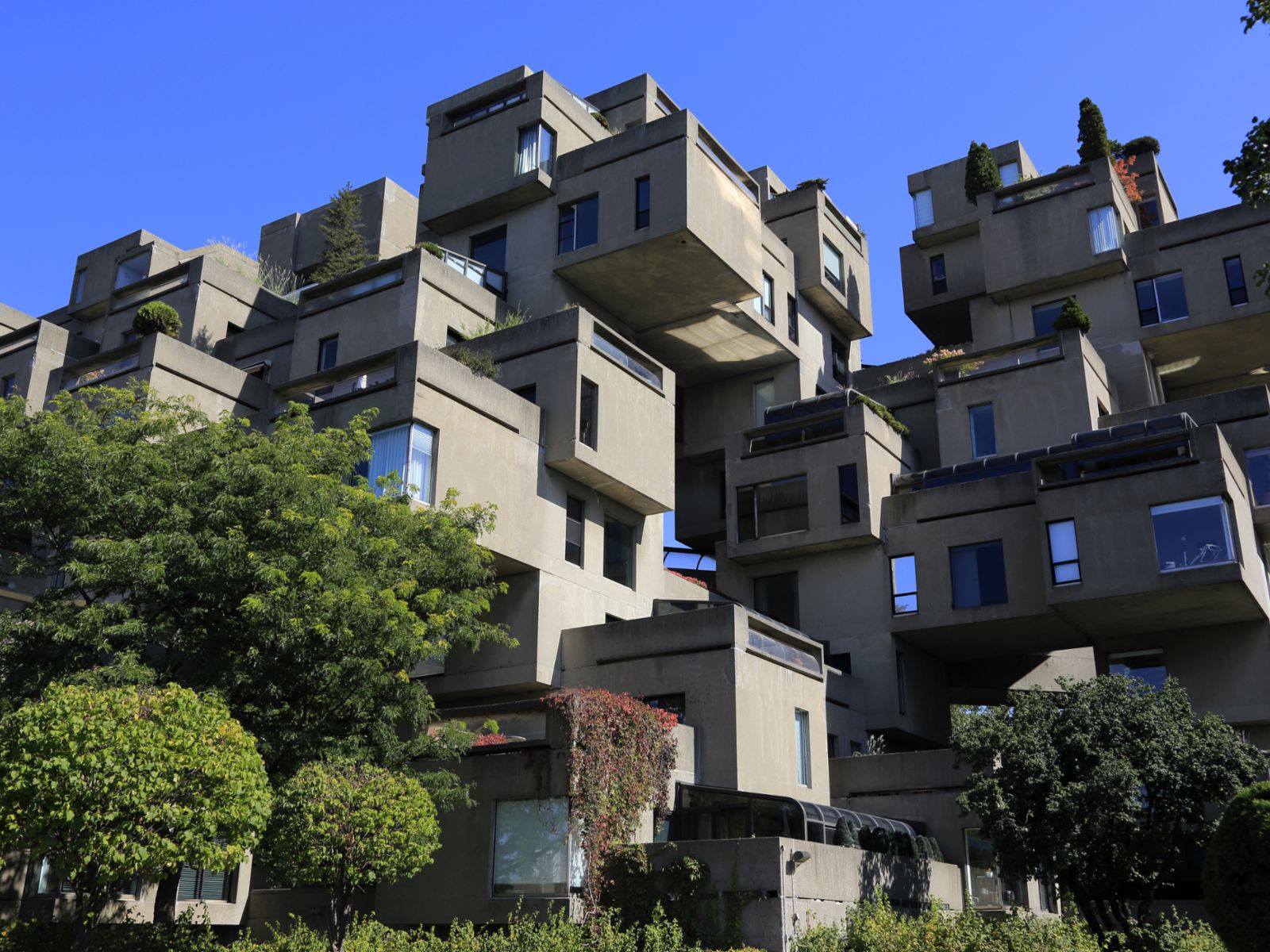The objectives are clear: the Paris Agreement aims to limit global warming to below 2 degrees Celsius, and ideally to 1.5 degrees. That is why the climate protection plan adopted by the German government before the election envisages a virtually CO2-neutral real estate stock by 2045.
To achieve an ambitious goal, a single measure alone is usually not enough. Sustainability requires an array of coordinated activities. We have to measure, analyse, plan and improve. Union Investment has incorporated all these aspects into its “manage to green” strategy. It is helping not only to respond to the requirements of the Paris Agreement, but also to ensure the long-term quality of our global portfolio – which benefits our investors and our tenants alike. ↓
Energy monitoring
Using data, we can recognise connections and better understand them; it thus plays a crucial part in reducing consumption. That’s why we launched our energy monitoring pilot project in 2018. It’s designed to capture detailed values at very short measurement intervals. This high-quality data enables us to identify optimisation potential much faster and take more effective action. Some impressive first results are now available. Based on the findings from the energy monitoring pilot project, we are currently defining specific CO2 savings targets for different parts of the various portfolios. We will implement these over time in carefully phased steps. Over the coming years, we will add more properties one by one. The intention is that eventually, specific CO2 savings targets will be in place right across Union Investment’s international real estate portfolio. ↓

Using data, we can recognise connections and better understand them; it thus plays a crucial part in reducing consumption.

SI-Check
Owners who do not manage their properties sustainably face negative consequences in the future, particularly reduced rents and lower selling prices. Accordingly, we apply our proprietary Sustainable Investment Check (SI Check) to all development projects and acquisitions. It involves conducting annual assessments of the building in seven categories: building envelope, technology, resources, economy, user comfort, operation and location. The current status of the building is awarded an SI score of one to five points. Based on this, property-specific measures for improving the building are proposed, such as retro-fitting external solar shading, daylight sensors or installing energy-efficient systems for lifts. ↓
Our SI-Check involves conducting annual assessments of the building in seven categories: building envelope, technology, resources, economy, user comfort, operation and location.

Improving energy efficiency
If our buildings fail to meet prescribed thresholds, the investment required to bring the property up to the required standard must be factored into the price and taken into account during investment planning. We then prepare decision papers for improvements that are designed to make the building more energy efficient. For example, energy efficiency improvements may involve taking action that was identified as part of the energy monitoring project or SI Check (see above). ↓
The investment required to bring the property up to the required standard must be factored into the price and taken into account during investment planning.
Continuous CO2 reduction
CO2 is the number one contributor to global warming. We are therefore committed to continuously reducing consumption levels and emissions. Possible tools here include energy efficiency improvements, such as implementing measures identified during the energy monitoring project. Union Investment has also signed a contract with a certified green electricity provider who supplies environmentally friendly power to all our properties in Germany. Green electricity is also used in selected European countries. ↓

Possible tools to reducing consumption levels and emissions include energy efficiency improvements,
Engagement with stakeholders
Climate protection is a team effort. Communication is therefore particularly important. We consult with our stakeholders in a wide range of working groups and initiatives. The German Property Federation (ZIA), for example, serves as the link between the real estate industry and politicians. Industry standards such as green leases were developed here in dedicated working groups. The German Investment and Asset Management Association (BVI), meanwhile, connects us with the financial sector. The BVI guideline on sustainable real estate management is a result of this engagement. We are also proactively pursuing sustainability issues with the Society of Property Researchers (gif) and many representatives of the property industry.
Our communications are also directed inwards, as we can only achieve our goals if each and every employee is committed to our shared objective. One example is our sustainability challenge. This large-scale campaign was designed to raise awareness of the need to improve sustainability in everyday life, and to make people curious. In addition to lectures and workshops on the science, we created a relaxed context for encouraging employees to be a little more sustainable in their behaviour every day. There were also many opportunities for networking and interaction, which boosted the momentum of the campaign. It was vital for us to highlight the connection with our day-to-day work and to emphasise that all employees can make an important contribution towards achieving our goals at Union Investment as part of the “manage to green” strategy. ↓
Green leases and dialogue with tenants
Obviously, Union Investment can carry out improvements to the structure of our properties and ensure the common areas are managed sustainably, but if we really want to beat global warming, we need to add other key players to our team: our tenants. Occupiers hold immense potential in their own hands when it comes to achieving climate targets. Our “manage to green” strategy therefore involves significantly stepping up our level of personal interaction with tenants. The aim is to ensure that the majority of the leases we agree with tenants in the future are green leases. To do this, we need to overcome any reservations and make the tangible benefits of green leases very clear to tenants and users of our fund properties. Saving CO2 means saving money. We also work closely with our tenants to address the S in ESG. Tenants, asset managers and property managers are involved in numerous social projects with the shared aim of achieving important social objectives. •

We need to make the tangible benefits of green leases very clear to tenants and users of our fund properties. Saving CO2 means saving money.
Illustrations: Union Investment / Sophie Lucie Herken
